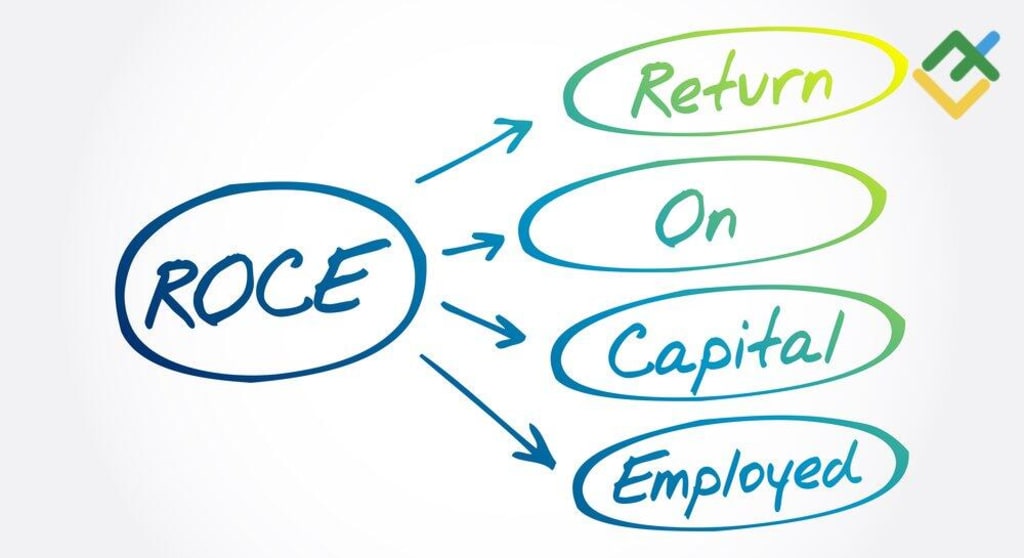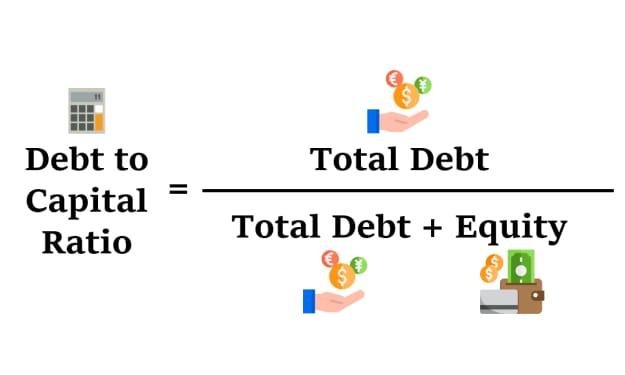ROCE Ratio: A Simple Explanation for Kids
Understanding Return on Capital Employed and its Importance in Evaluating a Company's Financial Health

Return on Capital Employed (ROCE) is a financial ratio that measures how efficiently a company is using its capital to generate profits. It is a valuable metric for investors to evaluate a company's financial health and potential for future growth. The ROCE ratio is particularly useful in comparing companies within the same industry.
ROCE is calculated by dividing a company's earnings before interest and taxes (EBIT) by its total capital employed (TCE). TCE includes all of a company's long-term debt and equity, as well as any short-term loans or financing. The ratio is expressed as a percentage.
ROCE = EBIT / TCE x 100%
A high ROCE indicates that a company is using its capital efficiently and generating strong returns for its investors. Conversely, a low ROCE indicates that a company may be struggling to generate profits or may not be using its capital efficiently.
One advantage of using ROCE is that it takes into account a company's debt as well as equity. This is important because companies with a lot of debt may have lower profitability ratios if they have to use a significant portion of their earnings to pay off their debts. ROCE considers both debt and equity, giving a more complete picture of a company's financial situation.
Another advantage of ROCE is that it helps investors assess the quality of a company's earnings. If a company has a high ROCE, it is more likely that its profits are sustainable over the long term. On the other hand, a company with a low ROCE may be relying on unsustainable sources of revenue, such as one-time gains or short-term cost-cutting measures.
ROCE is particularly useful in comparing companies within the same industry. Investors can use it to identify companies that are more efficient at using their capital to generate profits than their competitors. This can help investors make better investment decisions and potentially earn higher returns.
ROCE can be broken down into two components: profitability and capital efficiency. Profitability measures how much profit a company is making relative to its capital employed, while capital efficiency measures how effectively a company is using its capital to generate profits.
ROCE can also be used to compare companies of different sizes. Since ROCE takes into account a company's total capital employed, it can be used to compare companies of different sizes on a level playing field.
ROCE can also be used to evaluate a company's historical performance. By looking at a company's ROCE over time, investors can identify trends in a company's profitability and capital efficiency. This can be useful in assessing a company's ability to adapt to changing market conditions and maintain its competitive edge.
ROCE is particularly useful in analyzing companies that require large amounts of capital to operate, such as manufacturing companies, utilities, and infrastructure companies. These types of companies often have high levels of debt and require significant investments in fixed assets, which can impact their profitability and capital efficiency.
Summary
ROCE stands for "Return on Capital Employed," and it's a financial ratio that shows how efficiently a company is using its money to make profits. It's like a scorecard that tells us how well a company is doing with its investments.
Imagine that you have some money saved up, and you want to invest it in a business. You have two options - you could invest in a lemonade stand, or you could invest in a toy store. Both businesses need money to buy supplies and equipment, but the toy store needs a lot more money because it has more things to buy.
Now, let's say that after a year, the lemonade stand makes $100 in profit, and the toy store makes $500 in profit. Which business do you think did a better job of using the money you invested?
Well, that's where ROCE comes in. It helps us compare the lemonade stand and the toy store on a level playing field, even though the toy store needed more money to start with.
If we calculate the ROCE for each business, we can see that the lemonade stand had a ROCE of 50% ($100 profit divided by $200 of capital employed), while the toy store had a ROCE of 25% ($500 profit divided by $2000 of capital employed). So even though the toy store made more profit, the lemonade stand did a better job of using its money to make a profit
conclusion
ROCE is a financial ratio that measures how efficiently a company is using its money to make profits. It helps investors evaluate a company's financial health and potential for future growth. ROCE is calculated by dividing a company's earnings by all the money it has invested, including debt and equity. A high ROCE means a company is using its money well and making good profits. ROCE can be used to compare companies within the same industry, evaluate a company's historical performance, and assess the quality of a company's earnings. ROCE is particularly useful for companies that need a lot of money to operate, like manufacturing companies, utilities, and infrastructure companies..
About the Creator
Tag Business
I Will Providing Various Company Information
Enjoyed the story? Support the Creator.
Subscribe for free to receive all their stories in your feed. You could also pledge your support or give them a one-off tip, letting them know you appreciate their work.






Comments
There are no comments for this story
Be the first to respond and start the conversation.